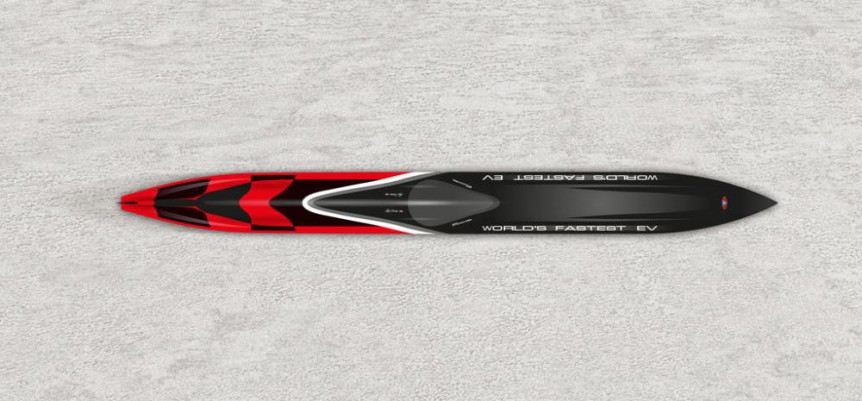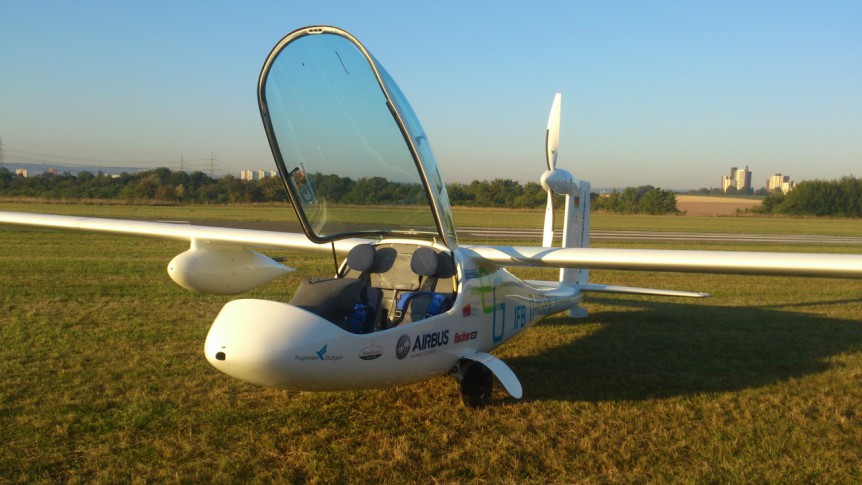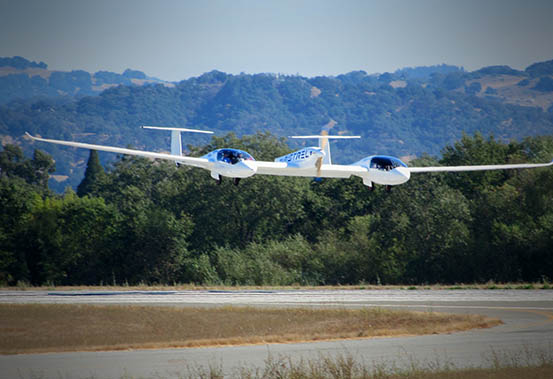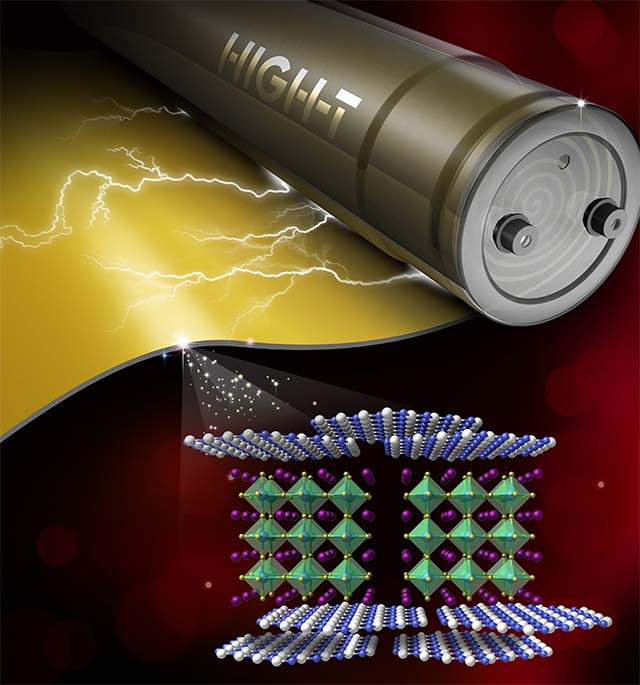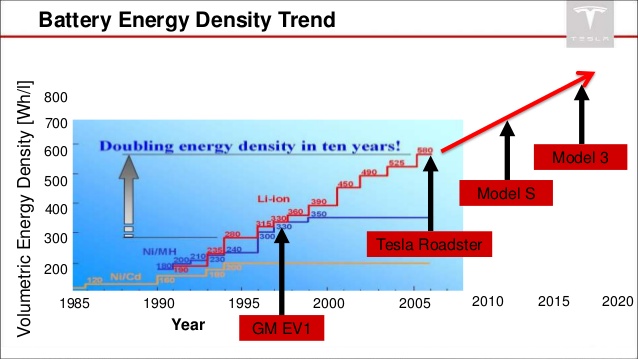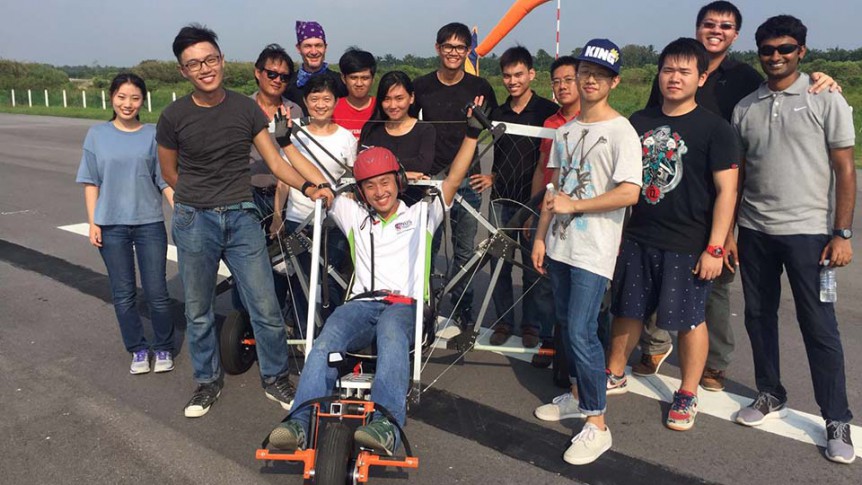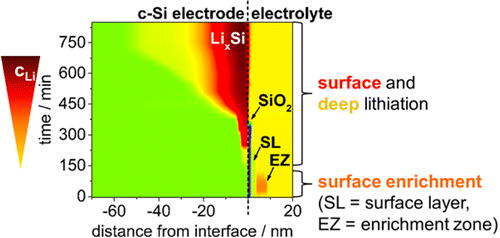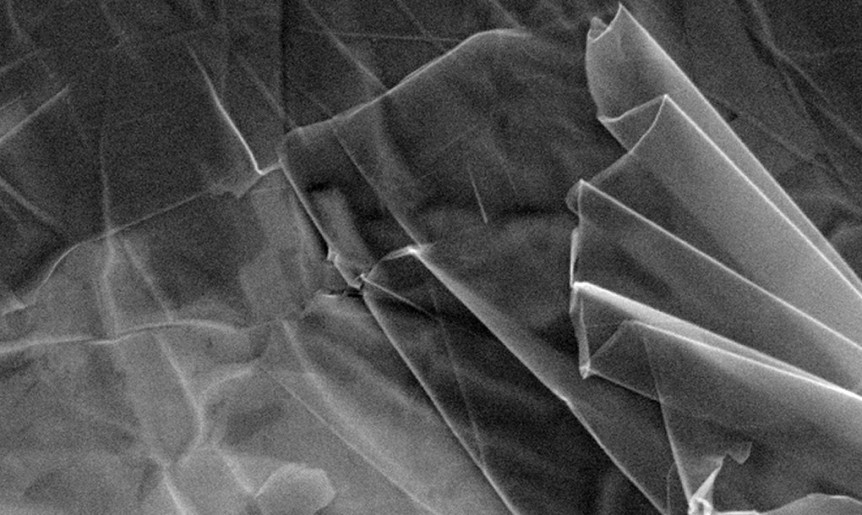Take a venturesome electric car developer like Venturi, a Monaco-based firm, and put them together with an enthusiastic group of Ohio State University engineering students. Exciting things happen. The Buckeyes have tried their hands at racing in many venues. Their first outing in the 2013 Isle of Man Tourist Trophy Zero gained them a third place finish – followed by another third place outing in 2014, and their tour of the Pikes Peak International Hill Climb this year took a mere 11 minutes and 16 seconds, good enough for third place. They also race in the Formula SAE competition, putting their open-wheel, high-performance cars up against those from 110 other colleges and universities. Turning their eyes from the curves of the Isle of Man and Pikes Peak, to possibly the flattest place in America, the Buckeyes came in first this time, setting a world record 341 mph with their Venturi VBB-3, all 3,000 horsepower engaged. In fact, the team set …
e-Genius Flies with a Range Extender
Stuttgart to Barcelona Dipl-Ing* Ingmar Geiß, Deputy Project Manager for e-Genius with the Institute of aeronautical engineering at Stuttgart University shared the news that e-Genius flew with its range extender for the first time on September 15. He notes that while the battery-powered airplane can manage trips up to 300 kilometers (186 miles), the hybrid engine/generator pod will enable flights up to 1,000 kilometers (620 miles). This would equal a trip from Stuttgart to Barcelona, Spain, according to the e-Genius web site. As the school explains, “With [the] e-Genius hybrid most flights of a typical user case can be done in the cost and energy efficient battery mode – for all longer flights the range extender can be used. Generator system control requires no pilot input, everything being done automatically. If the pilot wants to set down at the end of a trip with a certain amount of battery energy on board, e-Genius has an ingenious “look-ahead” feature to modulate …
Dr. Joseph Kallo, DLR See a Hydrogen Future
Speaking at the first annual Sustainable Aviation Symposium at the Sofitel San Francisco Bay on May 6, 2016. Dr. Joseph Kallo focused on hydrogen as a more than potential fuel for future flight. He stressed that H2 fuel development was further along than one would think, and shared several examples to promote that thought. A Busy Man, a Storied Airframe Dr. Kallo is DLR (Deutsches Zentrum für Luft-und Raumfahrt – German Center for Air and SpaceTravel) Coordinator of Electrical Aviation for Germany’s equivalent of NASA, oversees work at the DLR Institute of Engineering Thermodynamics, which has worked with Pipistrel in Slovenia to convert the Green Flight Prize winning Pipistrel G4 to the hydrogen-powered HY4. He’s also Institute Director at the Institute of Energy Conversion and Storage, Ulm University. That group provides expertise on hybridization for the HY4 project. Ulm partners with aircraft designer Pipistrel, fuel cell provider Hydrogenics, and DLR to make the aircraft a reality. H2Fly will operate the …
An “Ideal” Battery That Looks Like a Sandwich
Sandwich structures are common in aircraft, combining high stiffness, light weight, and structural strength. Could such a structure be useful in enhancing energy storage? Pennsylvania State University researchers think they’ve answered that question in a positive way. Sandwich-like Structures as Energy Storage Materials The blog has examined the possibilities inherent in incorporating batteries and supercapacitors into structures, but making the battery itself a sandwich structure could leave it as a discrete component within an electric vehicle, or lead to its being adapted as a full structural element. Penn State University materials scientists have achieved the goal of making a “polymer dielectric material with high energy density, high power density and excellent charge-discharge efficiency for electric and hybrid vehicle use.” Their battery resembles the sandwich construction of modern aircraft shells ranging from ultralight sailplanes to 787 Dreamliners. The “sandwich-like structure that protects the dense electric field in the polymer/ceramic composite from dielectric breakdown,” according to researchers. Rather than relying on the …
Solar Impulse 2 Batteries – Better than We Thought
What happened to Solar Impulse 2’s batteries on those long five days and nights over the Pacific? It took months of enforced downtime in Hawaii to have new batteries made, sent from Korea, installed, tested, and flown again. Could the plane have completed the flight on the original batteries? Kokam, manufacturer of the airplane’s cells, has released new information that provides details of the drive system and relieves a few lingering anxieties. An over-riding concern was that batteries overheated on the Japan to Hawaii part of the mission, topping out at 50 degrees Centigrade (122 degrees Fahrenheit) – above their design temperature. Your editor has thought deeply about what Andre’ Borschberg must have gone through every day of the five over the Pacific, seeing the temperatures on the four battery packs climbing as he pointed the airplane’s nose up in its saw tooth flight profile. Borschberg explained that stress in a comment on SI2’s blog. “”I feel exhilarated by this …
2X Battery Going Commercial?
We would love to see a 5X or even 10X battery in our future, but that will happen, quite possibly, at the speed of an eight-percent increase per year, as demonstrated for the last several decades of battery development. That would mean waiting for about 10 years for battery energy densities to double. What if we could double energy density right now, as in starting commercial production of a battery with 2X the energy density of those currently available? Solid Energy Systems, led by MIT alumnus Qichao Hu, has announced it is ready to hit the market in the next year. According to MIT News, “SolidEnergy plans to bring the batteries to smartphones and wearables in early 2017, and to electric cars in 2018. But the first application will be drones, coming this November. ‘Several customers are using drones and balloons to provide free Internet to the developing world, and to survey for disaster relief,’ Hu says. ‘It’s a very …
Frogworks Unleashes Delta – the World’s Lightest Electric Paraglider Trike
Students at the National University of Singapore (NUS) have a history of creating ultra-lightweight flying machines that are also green – floating around on electric power. Their earlier effort, Snowstorm, a 24-rotor, single-person lifting device, so far has hovered only indoors. Eight engineering students, working within the school’s “Frogworks” program, have escaped into the great outdoors with their Delta, the world’s lightest electric paraglider – according to the school. With two eight-kilowatt electric motors, four 14S lithium polymer battery packs, and tricycle landing gear, the Delta weighs in at 49 kilograms (107.8 pounds) empty weight. Delta can carry a 75-kilogram (165 pound) pilot. Cleverly constructed of carbon fiber and aluminum, the craft is claimed to be “the lightest aircraft in the world that can take off and land with wheels while carrying an adult pilot.” Fourth in a series of vehicles designed and built by NUS students in the Design-Centric Program (DCP) at the NUS Faculty of Engineering, the Delta …
Even with Batteries, Paul MacCready Was Right
Dr. Paul MacCready repeatedly urged us to do more with less, getting big results from modest use of materials. That philosophy may be upheld yet once again by researchers from the Helmholtz-Zentrum Berlin (HZB) Institute of Soft Matter and Functional Materials. As reported here many times, people like Dr. Yi Cui at Stanford University, researchers at MIT, the Fraunhoffer Institute in Germany and many others are attempting to find the magic combination of ingredients that will allow us to transcend the weight penalty we currently trade for payload in heavier-than-desired electric aircraft. Scientists at the HZB, led by by Prof. Matthias Ballauff have directly observed for the first time a lithium-silicon half-cell during its charging and discharge cycles. Dr. Beatrix-Kamelia Seidlhofero carried out the experiments using the neutron source located at the Institute Laue-Langevin in Grenoble, France. She explains, “We were able to precisely track where the lithium ions adsorb in the silicon electrode using neutron reflectometry methods, and also …
Battery 500 Consortium – A Budget Program with Potentially Big Payback
The federal government is creating yet another round of incentives to “spark” development of “significantly smaller, lighter and less expensive batteries.” A consortium of researchers led by Pacific Northwest National Laboratory (PNNL) will receive up to $10 million a year over five years to perk up battery performance, with the goal of creating a 500 Watt-hour per kilogram battery pack, about three times that of currently available commercial offerings. The new batteries should be “reliable, safe and less expensive,” according to consortium director and PNNL materials scientist Jun Liu. Research will come from partners nation-wide, including: Brookhaven National Laboratory Idaho National Laboratory SLAC National Accelerator Laboratory Binghamton University (State University of New York) Stanford University University of California, San Diego University of Texas at Austin University of Washington IBM (advisory board member) Even though the goals and the budget seem similar to those explained by Energy Secretary Steven Chu two years ago, his directive included research on alternative materials, such …
Graphene Supercapacitor Shows Promise and Longevity
A forever battery would be nice, wouldn’t it? Something low cost that could be recharged in seconds, time after time, indefinitely, and be about as environmentally sensitive as Greenpeace and the Sierra Club combined – there’s the ideal battery. That might seem like a miracle, and it relies on that miracle material – graphene – for its many astounding properties to help make this flexible battery a reality. Dr. Han Lin of Swinburne University in New South Wales, Australia has 3D printed his prototype battery at a much lower cost than with previous production techniques. The immediate “take” on this material is that it could be used in things like watch straps, powering the attached timekeeper, or in (inter)active sports clothing. Of course, this blog looks for larger applications, such as something that could be used in electric aircraft. Graphene has the potential to be a structural material (about a hundred times stronger than steel, according to 3ders.org) and a …

